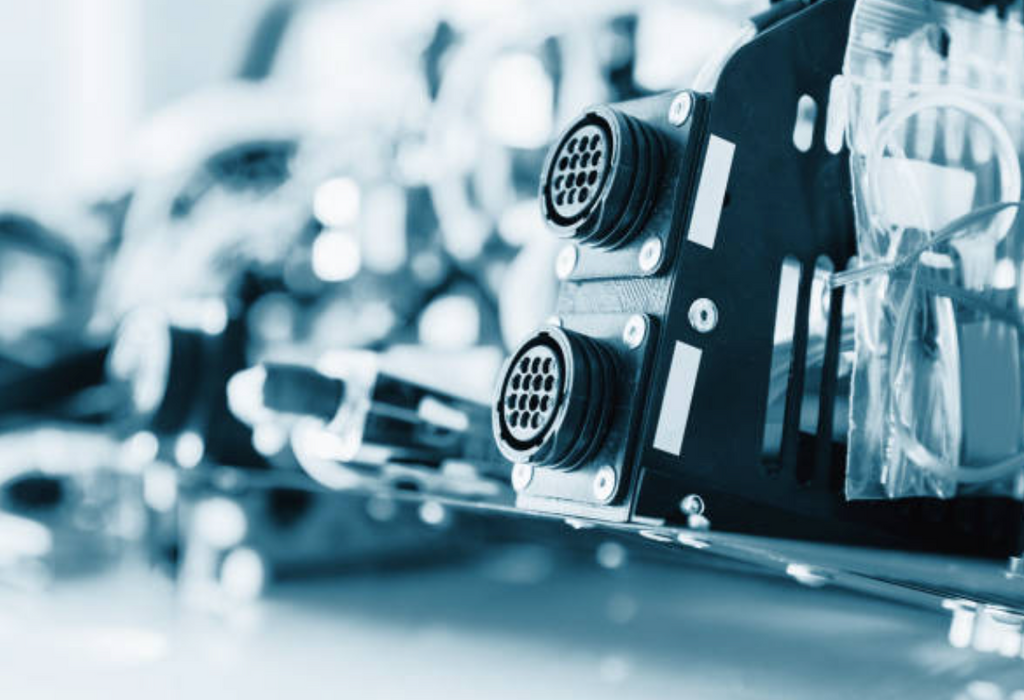Starting a 3D printing business from scratch can be a challenging and rewarding venture. 3D printing is an innovative technology that has the potential to revolutionize a wide range of industries, from healthcare to manufacturing. In this article, we'll discuss some tips and strategies for starting a successful 3D printing business from scratch.
- Develop a Business Plan
Before starting a 3D printing business, it's important to develop a business plan. This will help you to clarify your goals, identify your target market, and outline your strategies for growth and profitability.

Your business plan should include:
- A description of your business, including your products and services
- An analysis of your target market, including their needs and preferences
- A competitive analysis, including an assessment of your competitors' strengths and weaknesses
- Your marketing and sales strategies, including how you plan to promote your business and attract customers
- Your financial projections, including your startup costs, revenue projections, and profitability goals
- Choose the Right 3D Printing Technology
There are many different 3D printing technologies available, each with its own strengths and weaknesses. It's important to choose the right technology for your business based on your target market, the type of products you plan to produce, and your budget.
Some of the most common 3D printing technologies include:
- Fused Deposition Modeling (FDM): FDM is a popular 3D printing technology that uses thermoplastic filaments to create objects layer by layer. It's affordable and easy to use, but the quality of the finished product can be lower than other technologies.
- Stereolithography (SLA): SLA uses a liquid resin that is cured by a laser to create highly detailed and precise objects. It's more expensive than FDM but produces higher quality prints.
- Selective Laser Sintering (SLS): SLS uses a laser to melt and fuse together layers of powdered material, creating objects with a high level of detail and strength. It's more expensive than FDM and SLA but is ideal for creating functional parts and prototypes.
- Invest in Quality Equipment
Investing in quality 3D printing equipment is crucial for the success of your business. Cheap, low-quality printers may be tempting, but they often produce inferior results and require frequent repairs and maintenance.
When choosing 3D printing equipment, consider factors such as:
- Print quality: Choose a printer that produces high-quality prints with good detail and resolution.
- Reliability: Look for a printer that is reliable and requires minimal maintenance and repairs.
- Speed: Consider the printing speed of the printer, as faster printing times can increase your productivity and profitability.
- Support: Choose a printer from a manufacturer that provides good customer support and training.

- Identify a Niche Market
Identifying a niche market can help your 3D printing business stand out from the competition and attract customers with specific needs and preferences.
Some examples of niche markets in 3D printing include:
- Jewelry: 3D printing can be used to create customized and unique jewelry designs that are difficult to produce using traditional methods.
- Prosthetics: 3D printing can be used to create customized prosthetics that are tailored to the patient's unique anatomy and needs.
- Education: 3D printing can be used as a tool for teaching STEM concepts and creating hands-on learning experiences for students.
- Automotive: 3D printing can be used to produce customized parts and prototypes for the automotive industry.
- Offer a Range of Services
Offering a range of services can help your 3D printing business appeal to a wider range of customers and increase your revenue streams.
Some services you could offer include:
- Prototyping: 3D printing is ideal for creating prototypes quickly and accurately, making it a valuable service for businesses in need of product development.
- Customization: 3D printing can be used to create customized products, such as personalized phone cases or jewelry.
- Repairs: 3D printing can also be used to create replacement parts for broken or damaged objects.
- Education and Training: If you have expertise in 3D printing, you could offer training and consulting services to businesses and individuals interested in learning more about the technology.
In today's digital age, having a strong online presence is crucial for the success of any business. Building a website and social media accounts can help you promote your 3D printing business and attract customers from all over the world.
Your website should include information about your products and services, as well as your contact information and pricing. You could also include a portfolio of your previous work to showcase your skills and expertise.
Social media platforms such as Facebook, Instagram, and Twitter can be used to promote your business, share photos and videos of your work, and engage with potential customers.

- Attend Trade Shows and Events
Attending trade shows and events is a great way to promote your 3D printing business, network with other professionals in the industry, and stay up-to-date with the latest trends and technologies.
Some popular 3D printing trade shows and events include:
- Formnext: The leading trade show for additive manufacturing and 3D printing, held annually in Frankfurt, Germany.
- Rapid + TCT: A major 3D printing and additive manufacturing event held annually in the United States.
- TCT Show: A 3D printing and additive manufacturing event held annually in Birmingham, UK.
Attending these events can help you connect with potential customers, partners, and suppliers, and gain valuable insights into the industry.
- Provide Excellent Customer Service
Providing excellent customer service is crucial for the success of any business, and 3D printing is no exception. Make sure to respond promptly to customer inquiries and provide high-quality products and services.
You could also consider offering incentives such as loyalty programs or discounts for repeat customers to encourage customer loyalty and retention.

- Continuously Innovate and Improve
Finally, to stay competitive in the 3D printing industry, it's important to continuously innovate and improve your products and services.
Stay up-to-date with the latest trends and technologies in the industry, and invest in research and development to improve your products and services.
To conclude, starting a 3D printing business from scratch can be a challenging but rewarding venture. By following these tips and strategies, you can increase your chances of success and build a thriving business in the exciting and innovative world of 3D printing.
One key factor to keep in mind is that 3D printing technology is constantly evolving, with new materials and techniques being developed all the time. To stay ahead of the curve, you should be willing to experiment with new materials and technologies and be willing to adapt your business model as needed.
Another important factor to consider is the competition. While 3D printing is a growing industry, there are already many established players in the market. To stand out from the competition, you'll need to find a niche or offer a unique value proposition.
Happy Printing!

